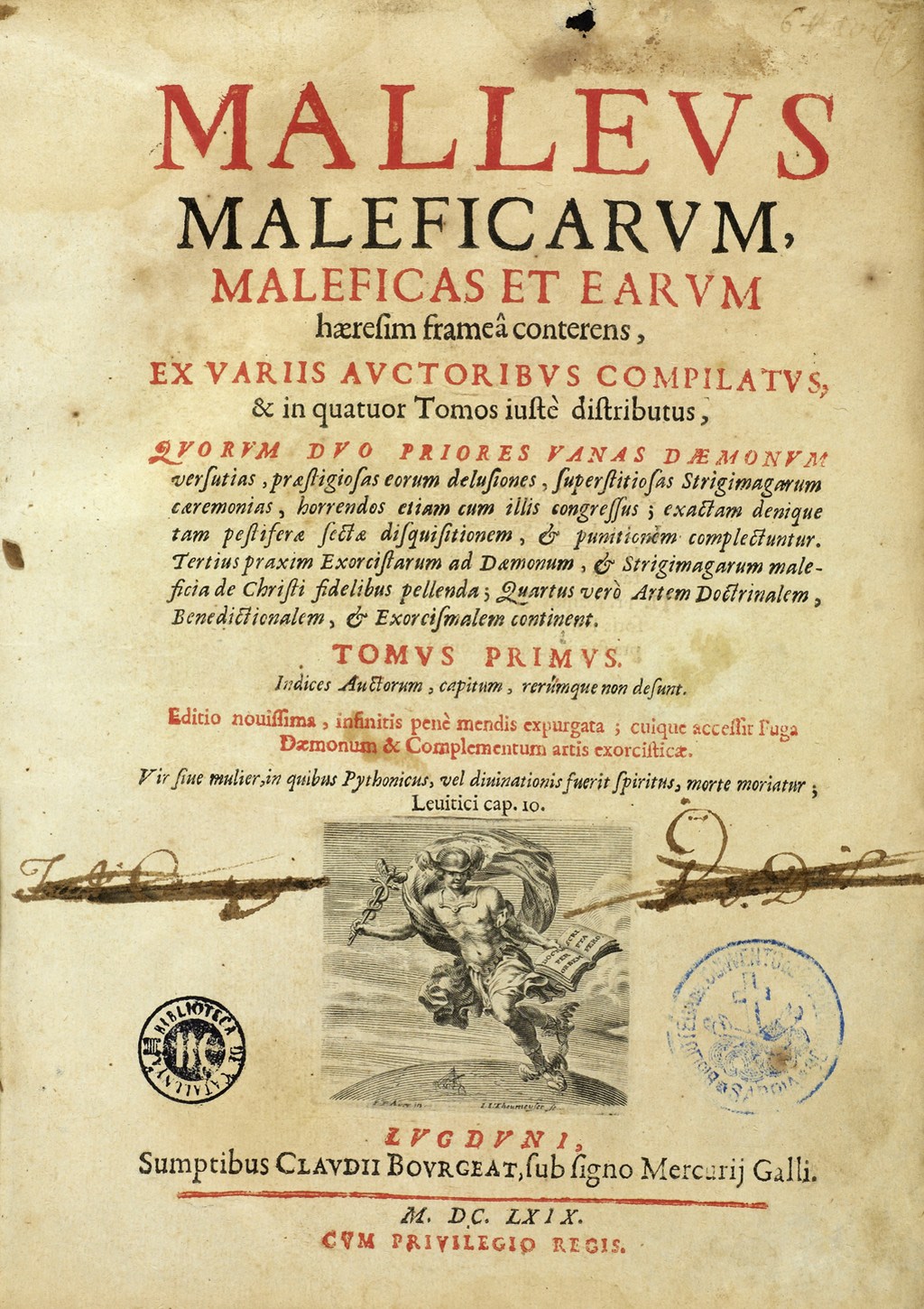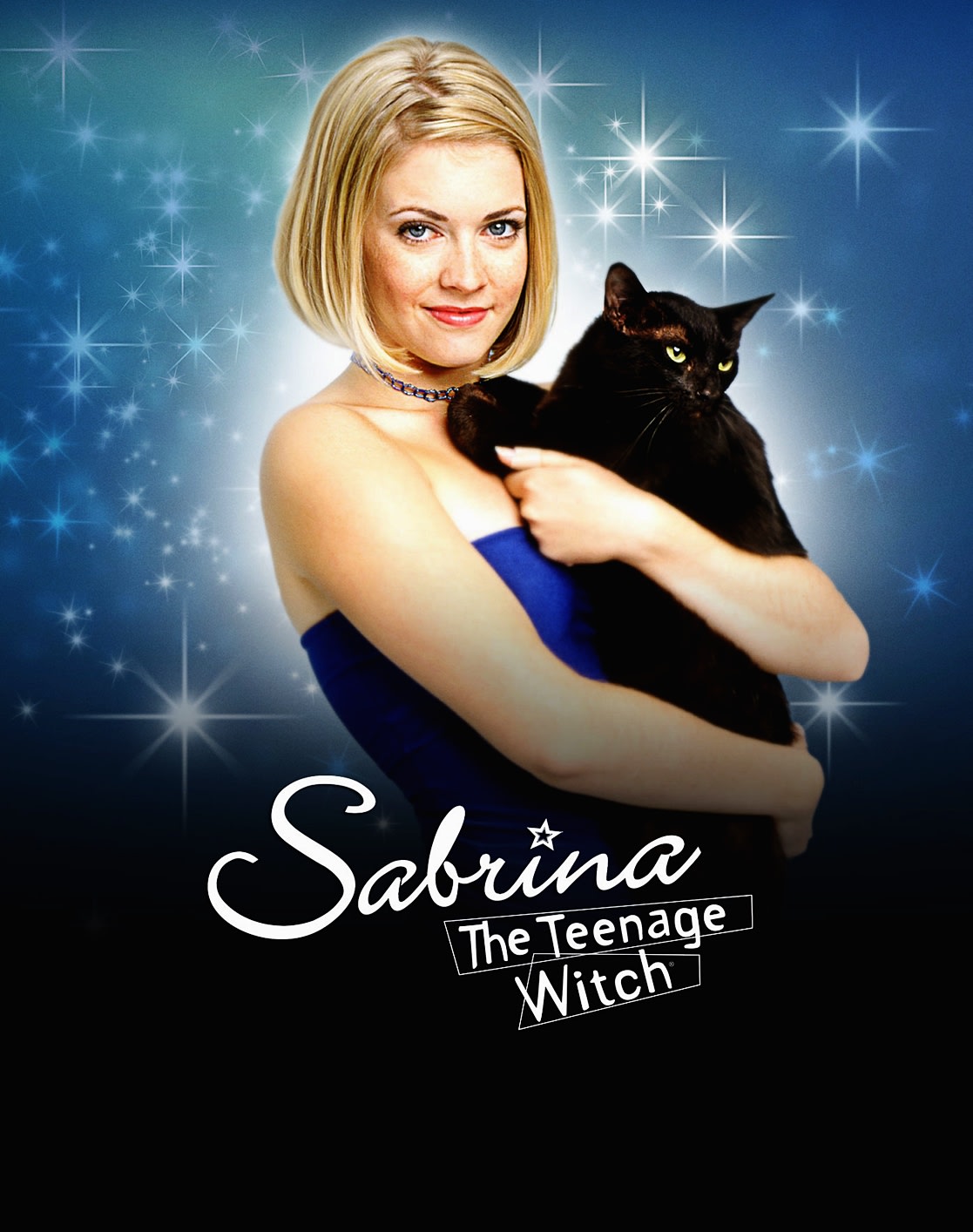Big Witch Energy!
Where does the archetype of the witch come from?
Written by Carolina R., GoodFeed staff.
A brief history and where they are today.
In movies and books, witches are often described as "Old ugly women who made a deal with the devil" some of their main characteristics are - A large nose with a wart, wrinkly skin, disheveled hair, and black clothes. Growing up, I remember hearing stories about evil witches who would steal children and destroy men. I personally LOVE witches, and always have; the idea of this magical woman who had superpowers and could fly sounded incredible! But what do we know about witches? Why are they often depicted as evil beings? And where are witches today? Maybe closer than you think… To understand these magical women, we need to understand their history first.
The story of witches dates back to 931 B.C. and 721 B.C., and one of the earliest records came from the Bible in the book of 1 Samuel* (of all places). The story talks about how King Saul sought help from a witch to predict the success of a battle. In other early records, witches were seen as "wise women," and throughout the middle east, these women were respected and considered priestesses as they performed the most sacred rituals. So, what changed? The answer is simple: the adaptation of a male-dominated vision with a strong belief in aggressive male gods of war, and later a sprinkle of Christianity.
During the mid-1400s, witch panic took over. According to The History Channel, "Most witches were thought to be pagans doing the Devil's work. Many, however, were simply natural healers or so-called "wise women" whose choice of profession was misunderstood." These women were often widows or single mothers; they were independent and cared about their communities. In other words, they did not follow society's standards. Many of these women were hunted, tortured, and killed across Europe and the U.S. There was even a book written about hunting witches– Malleus Maleficarum– labeled witchcraft as heresy and quickly became the authority for Protestants and Catholics trying to flush out witches living among them. For more than 100 years, the book sold more copies than any other book in Europe except the Bible."*
In pop culture, witches have taken on different roles, and although we still see and enjoy the classic story of the evil witch, we also see these women being portrayed more positively. A great example of this is one of my all-time favorite witches: Sabrina the Teenage Witch. She was intelligent, independent, fierce, a loyal friend, and extremely fashionable. Other favorites include The Sanderson Sisters (Disney’s Hocus Pocus), Hermione (Harry Potter), Fiona Goode (AHR Coven), and the fabulous witch of the sea Ursula (The Little Mermaid).

Today, women still struggle to break through toxic stereotypes created by men to subjugate them. In many countries, both toxic masculinity and religion still manage to condemn and punish women who don't follow their societal norms. Examples of this are the attacks Iranian women experience every day and the death of Mahsa Amini, who was killed by the police for "improperly" wearing her hijab. Of course– we’re not implying that Amini is a witch. It’s just sad to realize that women merely existing can (in some parts of the world) constitute a criminal act or an act of aggression.

So, where are witches today? Nowadays, we see feminist movements adopting the idea of being a witch as a term of empowerment (see: Stevie Nicks). I think all women can benefit from embracing their witchy side. To me, being a witch means having authority over my own life, being independent, and putting myself first. So if you ask me, we're surrounded by witches! I see one every day when I look in the mirror.
Sources:
